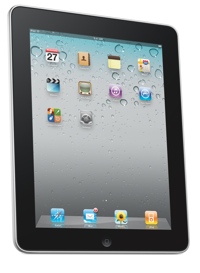Despite Intel’s marketing campaign to educate audiences about the ultrabook computing platform, most consumers are not biting.
Intel may have jinxed itself with a premature prediction that 40% of all notebook computers this year would be ultrabooks, according to ABI Research (www.abiresearch.com). Uptake of thin and light portable computers during the first half of 2012 was disappointing, though new data from the market intelligence firm forecasts 20 million will ship worldwide in 2012.
Ultrabooks — a term coined by Intel for ultra-portable computers based on its processor architecture — are part of the broader portable computing market typically associated with the terms “laptop” or “notebook” computer. Targeted at mid-range prices, the most popular ultra-portable today is Apple’s MacBook Air.
“Initial ultrabooks came to market several hundred dollars above consumer expectations,” says senior practice director Jeff Orr. “High systems prices and waiting for the upcoming Windows 8 operating system are two leading reasons for lack of adoption.”
Next-generation systems that bring prices down closer to audience requirements along with touch-screen models that provide versatile input methods are promised for 2013. The ultra-portable segment has significant growth potential as consumer expectations are met. A healthy growth rate of 53% is predicted over the 2012 to 2017 forecast period, according to ABI Research.
At the low end of portable computing is the Netbook PC. Netbooks kept the portable computing market afloat during the 2009 global recession by offering a low-cost solution for families and students, says ABI Research. Now, the majority of computer OEMs [original equipment manufacturers] have shifted focus away from the low-margin netbook toward more profitable media tablets.



